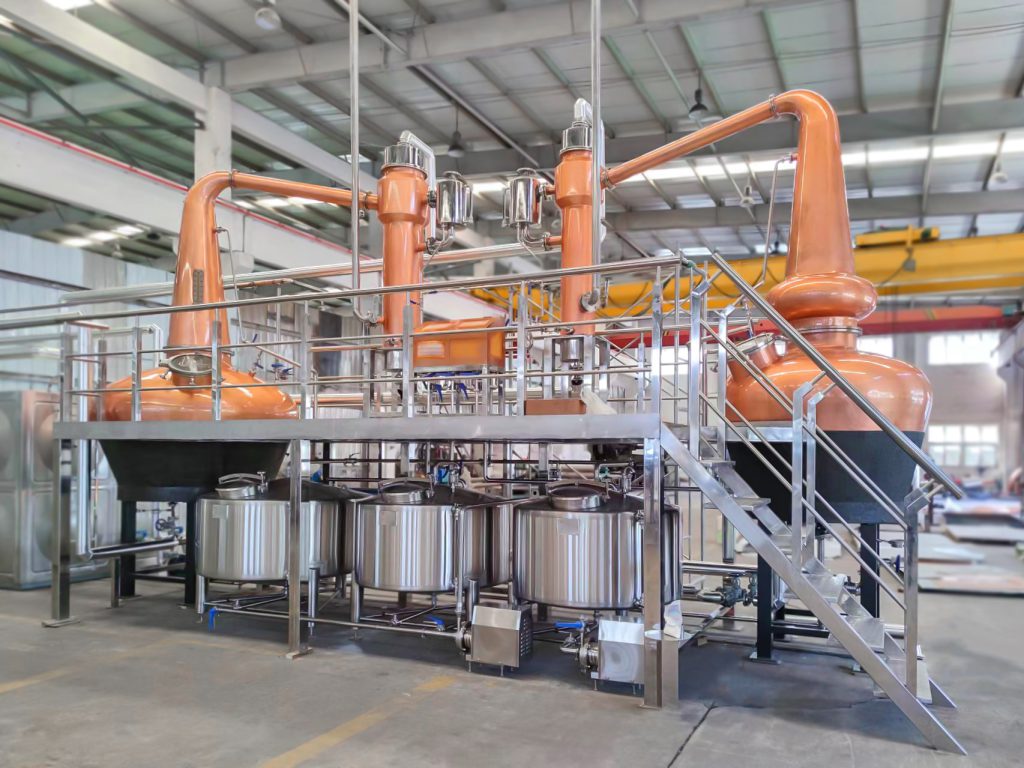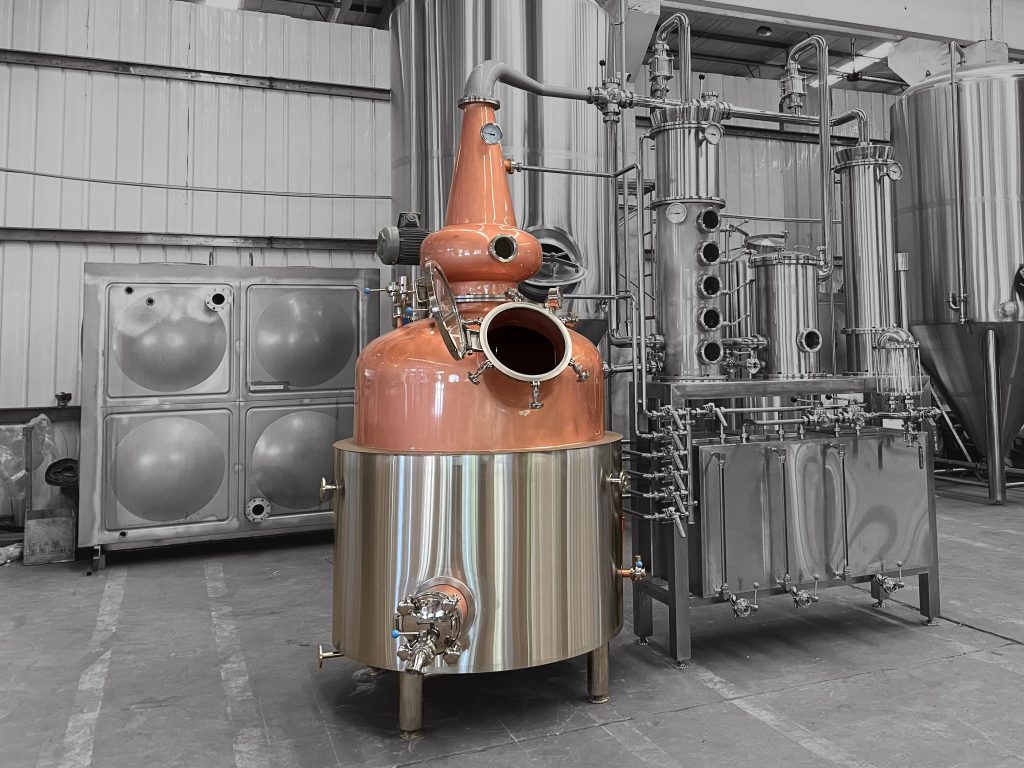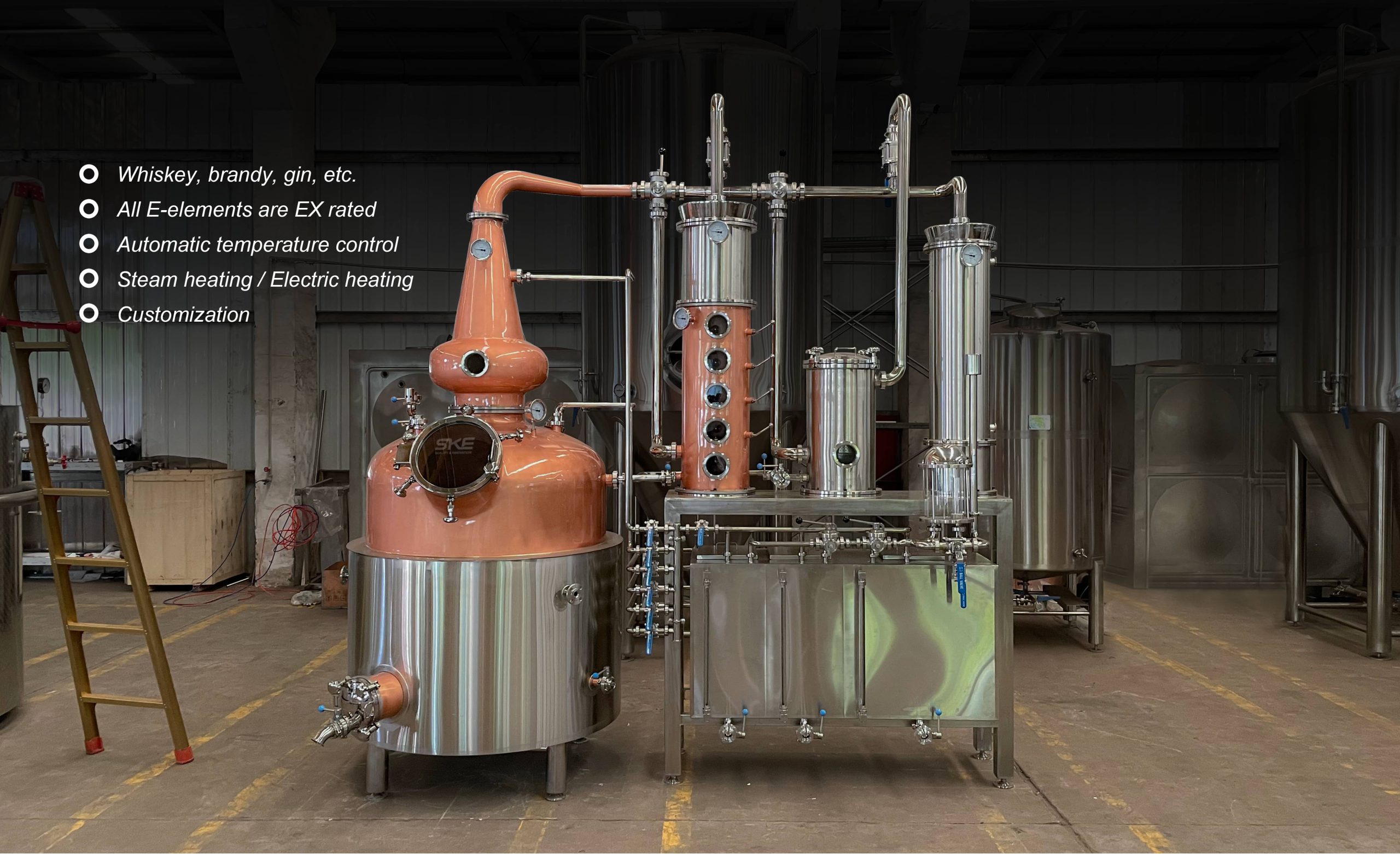Introdução

Pot still distillation stands as a venerable method of crafting spirits, with roots reaching back centuries. In this blog post, we delve into the depths of this tradition, exploring its history, process, significance, and modern-day relevance.
The Origins of Pot Still Distillation
Pot still distillation traces its origins to ancient civilizations, where rudimentary forms of distillation were practiced for medicinal and recreational purposes. Early civilizations in Mesopotamia and Egypt employed clay pots and basic heating methods to distill aromatic compounds from fermented liquids. This primitive process laid the groundwork for the sophisticated pot stills used today.
Entendimento Pot Still Distillation Processo
Pot still distillation involves a simple yet effective process that relies on the principles of evaporation and condensation. The fermented liquid, typically a mash or wash containing alcohol-producing ingredients such as grains or fruits, is heated in a pot still. As the liquid reaches its boiling point, alcohol vaporizes and rises through the still, eventually reaching a condenser where it cools and returns to liquid form. This condensed liquid, known as distillate, is collected and further refined to produce the desired spirit.
The Significance of Pot Still Distillation in Spirit Production
Pot still distillation imparts unique characteristics to spirits, distinguishing them from those produced using column stills or other methods. The pot still’s design allows for greater retention of congeners, flavorful compounds that contribute to the spirit’s aroma, taste, and mouthfeel. As a result, spirits crafted through pot still distillation often exhibit complexity, depth, and a rich array of flavors, making them prized among connoisseurs and enthusiasts.
Modern Innovations and Applications
While pot still remains steeped in tradition, modern distillers continue to innovate and refine the process. Advances in technology, materials, and techniques have enabled greater precision and control, leading to the production of exceptional spirits that honor tradition while embracing innovation. From small-batch artisanal distilleries to large-scale commercial operations, pot still continues to captivate and inspire a new generation of distillers and consumers alike.
Comparison of Pot Still and Column Still Distillation

Pot still distillation retains a high level of congeners, contributing to a robust and complex flavor profile in spirits such as whiskey, rum, and brandy. In contrast, column still distillation, known for its efficiency, produces spirits with a cleaner, more neutral taste profile, making it ideal for vodka, gin, and lighter spirits.
| Aspect | Pot Still Distillation | Column Still Distillation |
|---|---|---|
| Design Complexity | Simple | Complex |
| Retention of Congeners | Alto | Baixo |
| Perfil de Sabor | Robust, Complex | Clean, Neutral |
| Distillation Rate | Slower | Faster |
| Tamanho do lote | Typically Smaller | Typically Larger |
| Traditional Spirits | Whiskey, Rum, Brandy | Vodka, Gin, Lighter Spirits |
Perguntas frequentes
P: O que distingue pot stills from other types of stills?
A:Pot stills feature a simple design with a large, rounded pot where the liquid is heated. They are renowned for their ability to retain flavorful compounds during distillation.
Q:Which spirits are commonly produced using pot stills?
A:Pot stills are traditionally used to produce spirits such as whiskey, rum, brandy, and some types of gin. Each spirit showcases the unique characteristics imparted by pot still distillation.
Q:How does pot still distillation contribute to spirit aging?
A:Spirits produced through pot still often benefit from extended aging periods, allowing flavors to mature and develop complexity over time. The retained congeners play a significant role in the aging process, resulting in nuanced and refined spirits.
P:Pode pot still distillation be combined with other distillation methods?
A:Some distillers employ hybrid stills that incorporate elements of both pot and column stills, offering flexibility in production and allowing for the creation of spirits with distinct flavor profiles.
Conclusão
Pot still distillation remains a cornerstone of the spirits industry, embodying centuries of tradition, craftsmanship, and artistry. From its humble origins to its enduring legacy, pot still continues to shape the world of spirits, producing libations of unparalleled quality and character. As we raise our glasses to toast the rich tradition of pot still, let us celebrate the passion and dedication of those who keep this timeless craft alive.

